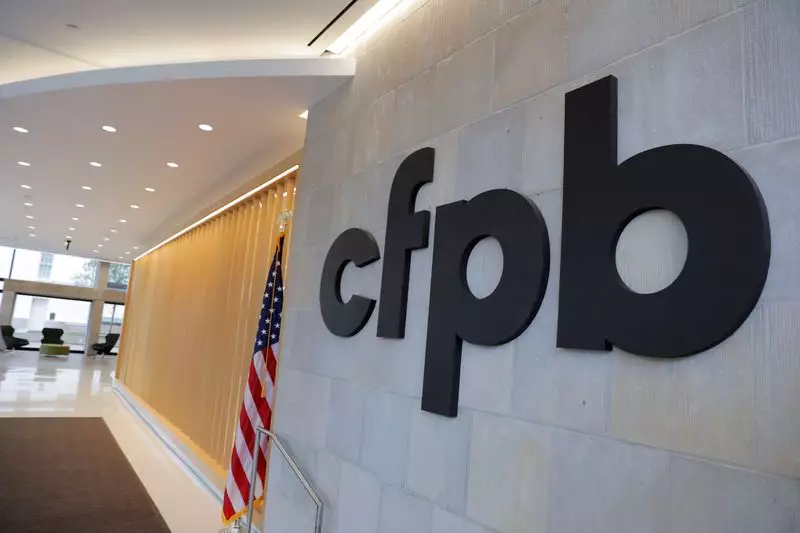In a significant development on the regulatory front, two technology trade associations, NetChoice and TechNet, have initiated legal action against the U.S. Consumer Financial Protection Bureau (CFPB). This lawsuit targets a newly implemented rule that grants the CFPB supervisory powers over payment applications and digital wallets operated by major non-bank entities. The rule has sparked intense debate about the scope of federal oversight and the implications for innovation in financial technology.
The plaintiff organizations are contesting the CFPB’s authority, arguing that Congress did not authorize the Bureau the latitude to impose stringent regulations on non-bank financial service providers. They assert that the CFPB’s actions reflect an aggressive approach to regulation that is neither justified by existing consumer risks nor supported by evidence of regulatory gaps. Specifically, the complaint criticizes the CFPB for its perceived haste in creating rules without identifying clear consumer issues that require rectification.
The plaintiffs highlight that the rule pertains to companies managing over 50 million transactions individually and cumulatively exceeding 13 billion annual transactions. This broad application raises concerns about the burden it places on emerging fintech businesses that are crucial to the sector’s vibrancy.
The CFPB, led by director Rohit Chopra, has framed the rule as a necessary measure to extend consumer protections similar to those available at traditional banks, addressing potential issues of fraud, privacy, and account management within the digital payment landscape. Chopra’s assertion that digital payment methods have evolved from optional tools to essential services underscores the regulator’s intent to adapt to changing consumer behaviors.
However, the trade groups argue that this kind of regulatory oversight is not only unwarranted but could potentially hinder the competitive landscape by imposing stringent compliance requirements that disproportionately impact smaller providers. As emphasized by Chris Marchese of NetChoice, the rule is viewed as an “unlawful power grab” that threatens to stifle innovation—a concern echoed by TechNet’s executive vice president, Carl Holshouser.
The lawsuit’s timing raises additional questions regarding the future of financial regulation, particularly with the impending transition to a Republican administration. There are speculations about whether the new government will take steps to limit the CFPB’s powers or repeal this controversial rule entirely. With a potential shift in legislative focus, the Bureau’s regulatory approach may face reassessment in light of broader political agendas that prioritize deregulation.
As the legal proceedings unfold, the outcome will have sizable repercussions for the relationship between technology firms and financial regulators. This case reflects the tension between innovation and regulation—a narrative that is increasingly relevant in a rapidly digitizing economy. The broader implications may not only redefine consumer protections but also shape the operational landscape for digital payment services in the years to come. In this charged atmosphere, the key question remains: how can regulators adapt to the evolving marketplace without stifling the very innovation that drives it?

